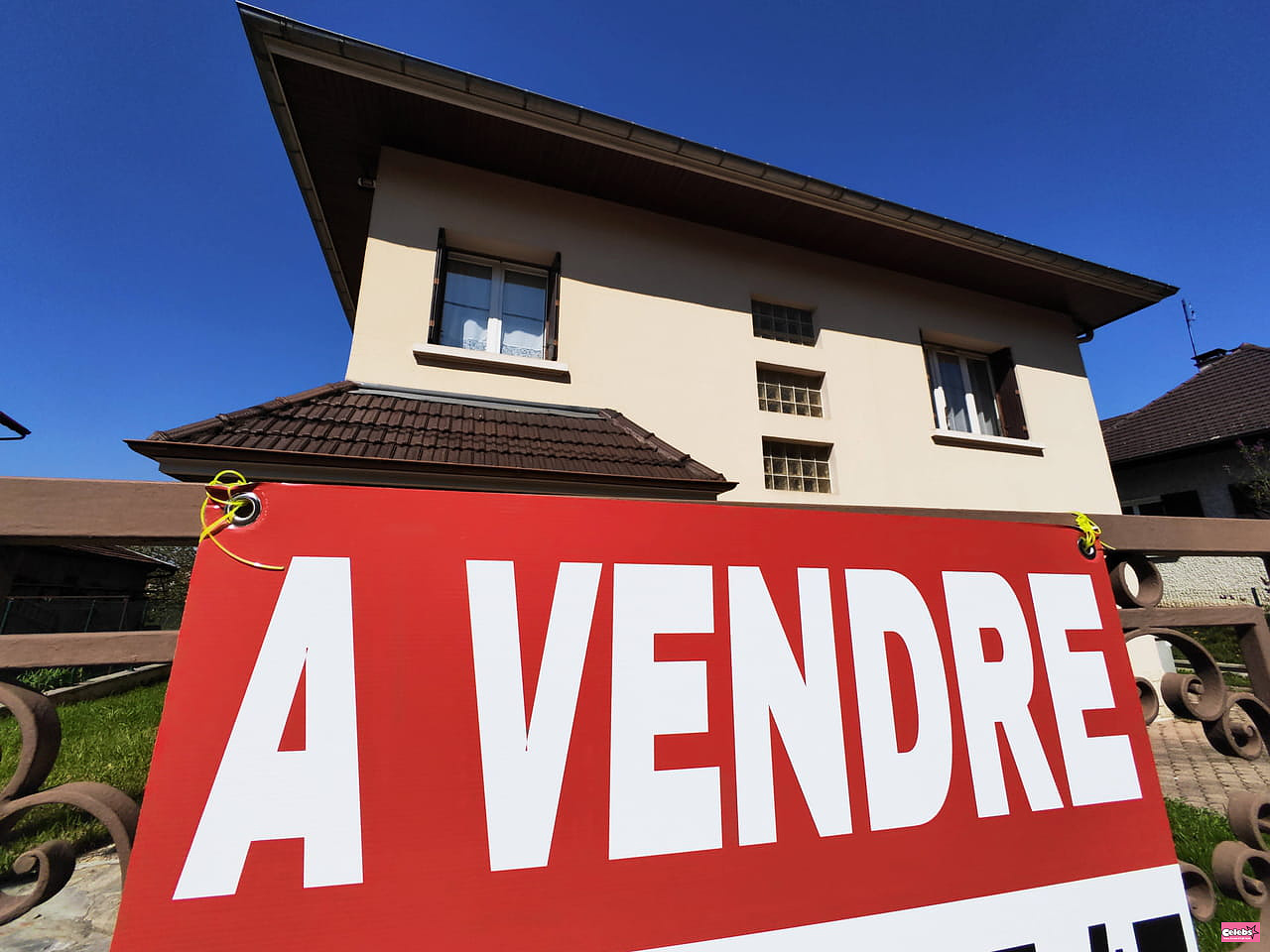Owners are sometimes forced to lower their prices due to a highly criticized administrative obligation.
With credit rates still very high, selling your house or apartment at the desired price is a miracle. Buyers are no longer rushing and, seeing their borrowing capacity diminish, are trying to push prices down. For sellers, agreeing to sell a property at a price lower than the purchase price or without any added value is often difficult to accept. Especially since the amount of the transaction can sometimes be reduced by a document whose reliability is called into question.
Before definitively selling their apartment or house, any owner must recalculate the surface area of their home, have the property's annual electricity and/or gas consumption assessed and carry out various inventory of the electrical installation, the presence asbestos, termites and lead, natural risks and pollution around housing. So many mandatory formalities which can only be carried out by a professional, for 100 to 250 euros.
All the results are compiled in a single document, called the Energy Performance Diagnosis (DPE). Among all these elements evaluated, energy consumption is the most looked at: a new home, well insulated and which consumes little to heat it will be rated A, B or C, while an old home, poorly insulated and very energy consuming will see an E , F or G be assigned to it. An average dwelling will be classified D.
However, the results of the DPE are not necessarily reliable, even though they have a significant impact on the sale price of the property. According to the Notaries of France, a rating in E, F or G causes a house to lose up to 22% of its value and up to 12% for an apartment.
Comparisons carried out by the 60 million consumers association and the HelloWatt organization show that for the same property, the DPE results are not the same depending on the professionals who carry them out: the same house was classified B and D by two various companies, another C and E, when other accommodations received, on the one hand, an A, B or C, before being rated E, F or G on the other.
The latest investigation points to another lack of reliability of the document. Carried out by the Economic Analysis Council (CAE), this estimates that the housing energy consumption results given in the DPE are largely erroneous and, above all, largely overestimated.
According to the DPE calculation formulas, between a home classified G and another classified A, heating expenses would be multiplied by six. However, in reality, they would not even double, after analyzing the banking data of 180,000 people. The true amount of energy costs for housing classified G by the DPE would in fact correspond to housing classified C by the DPE, according to information published by Les Echos. And the consumption of each class would be much less than estimated. A buyer purchasing a thermal strainer would therefore not lose as much as advertised. Sellers should not fail to brandish this study to counter the demand for a price reduction
The questions surrounding the Energy Performance Diagnosis led to a first modification of the calculation method. This will allow 140,000 small-scale housing units to be better rated and no longer considered energy-intensive, probably from July 1, 2024. Enough to further fuel the debate on the interest of the DPE, already largely reconsidered. cause.





![Loto result (FDJ): the draw on Wednesday May 8, 2024, 3 million euros at stake [ONLINE]](https://www.celebsnet.com/images/resize/95/334x215/haberler/thumbs/2024/05/_46228.png)





